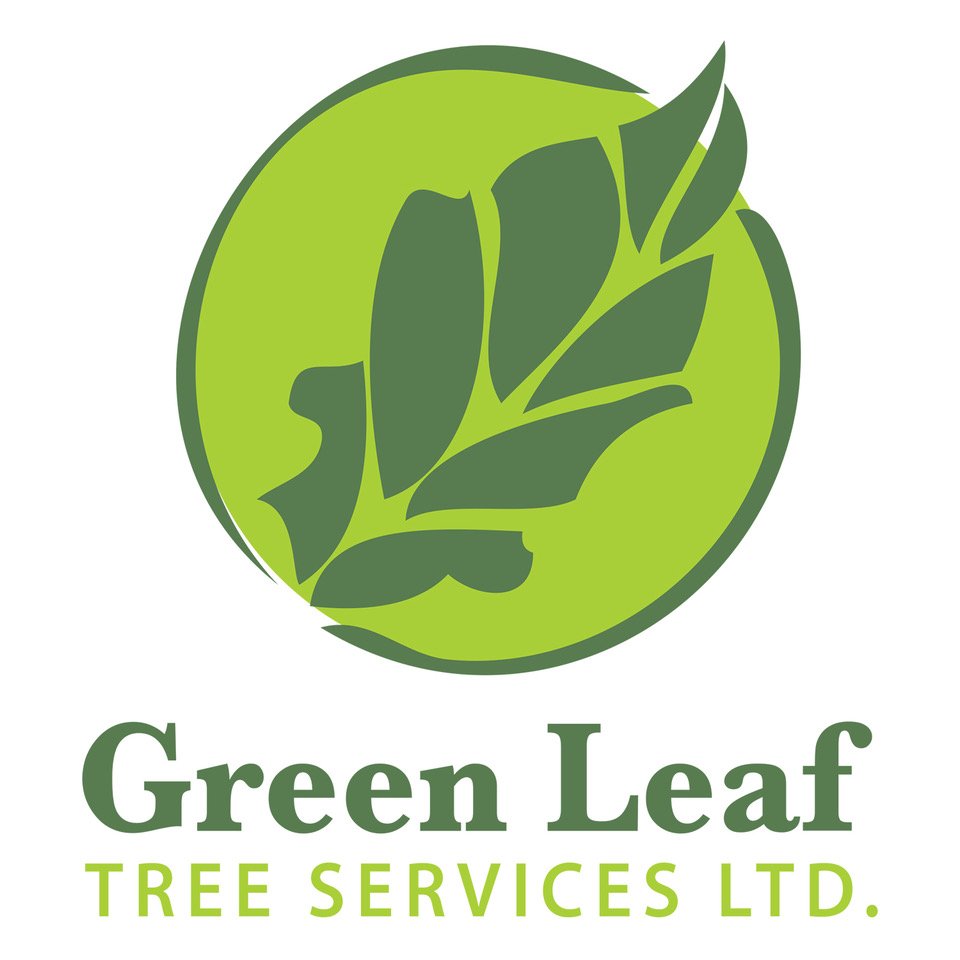Winter Stresses on Trees & Shrubs in the Columbia Valley
/How to avoid damage to trees
Branches and tops of trees can break due to the excessive weight of ice or snow. Proper pruning helps to promote the formation and growth of the strongest possible branches and branch attachments. Often trees can develop weak growth and structure and rather than pruning can benefit by properly installing cables and rigid braces.
Winter winds cause evergreens to lose moisture from their needles. Even some deciduous trees suffer from winter drying. If water is not available as moisture is drawn from living cells, permanent damage can result. The best prevention consists of planting only hardy species in areas of prolonged exposure, watering plants adequately in the fall and mulching to insulate the soil and roots from severe cold. Planting trees and shrubs appropriate to the growing conditions in the Columbia Valley is a vital step to having a resilient landscape.
On sunny days in winter, a tree’s trunk and main limbs can warm to 15 degrees higher than the air temperature. As soon as the sun’s rays stop reaching the stem when the sun sets, the tree’s temperature plummets, potentially causing injury or permanent damage to the bark. The two common types of injury from winter sun and temperature changes are sun scald and frost cracking. The effects of sun scald and frost cracking can be reduced by sound arboricultural practices to maintain overall health, and by covering the trunks of young, susceptible trees with a suitable tree wrap.
Winter is a good time to prune
In some circumstances arborists will recommend pruning while the trees are dormant. With no leaves on the tree, the arborist is better able to evaluate its architecture and spot dead or diseased branches. In addition, since the ground is frozen, damage to the turf underneath the tree due to falling limbs and tree care activities is negligible. Winter can also be an excellent time to remove dead or damaged trees in order to reduce the impact to your landscape. Give the skilled arborists at Green Leaf a call to arrange pruning and removing trees in the Golden and Invermere areas.
Other recommendations to improve the health of your living landscape:
Reduce compaction around trees to help improve water and air movement in the soil. This strengthens the tree’s root system.
When planting, choose hardy trees available in your area as they have better chances for survival in severe weather conditions. Choosing the best location and following proper planting procedures should be your highest priorities.
Only fertilize after a qualified tree care provider has assessed the tree’s health, growth and site conditions. Improper fertilizing can harm trees.
In case of moderate storm damage, restoring the tree to its former health and beauty may take some time, but it generally can make a full recovery. Broken, hazardous limbs should be removed immediately. Pruning to remove broken stubs and restore the balance of the crown can be put off a little while, but shouldn’t be delayed more than one growing season.
Hire a Tree Care Professional:
The best advice is to hire a tree care professional with the experience, expertise and equipment to safely take down, prune or otherwise care for damaged trees. Green Leaf Tree Services is committed to providing the best possible care to keep your landscape healthy and safe.







